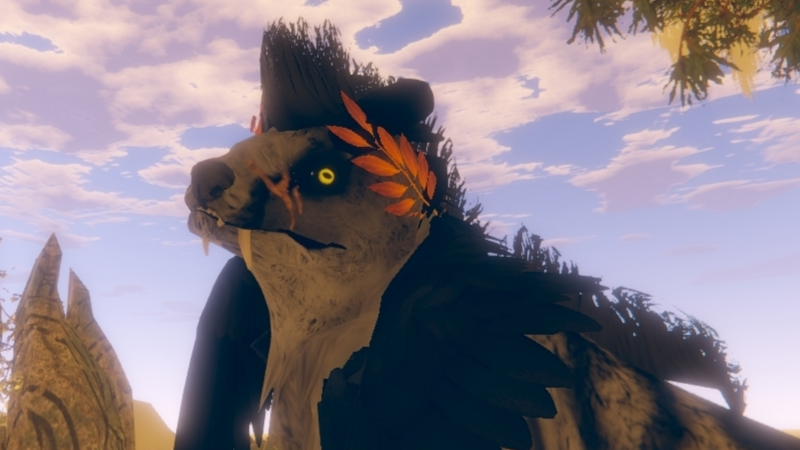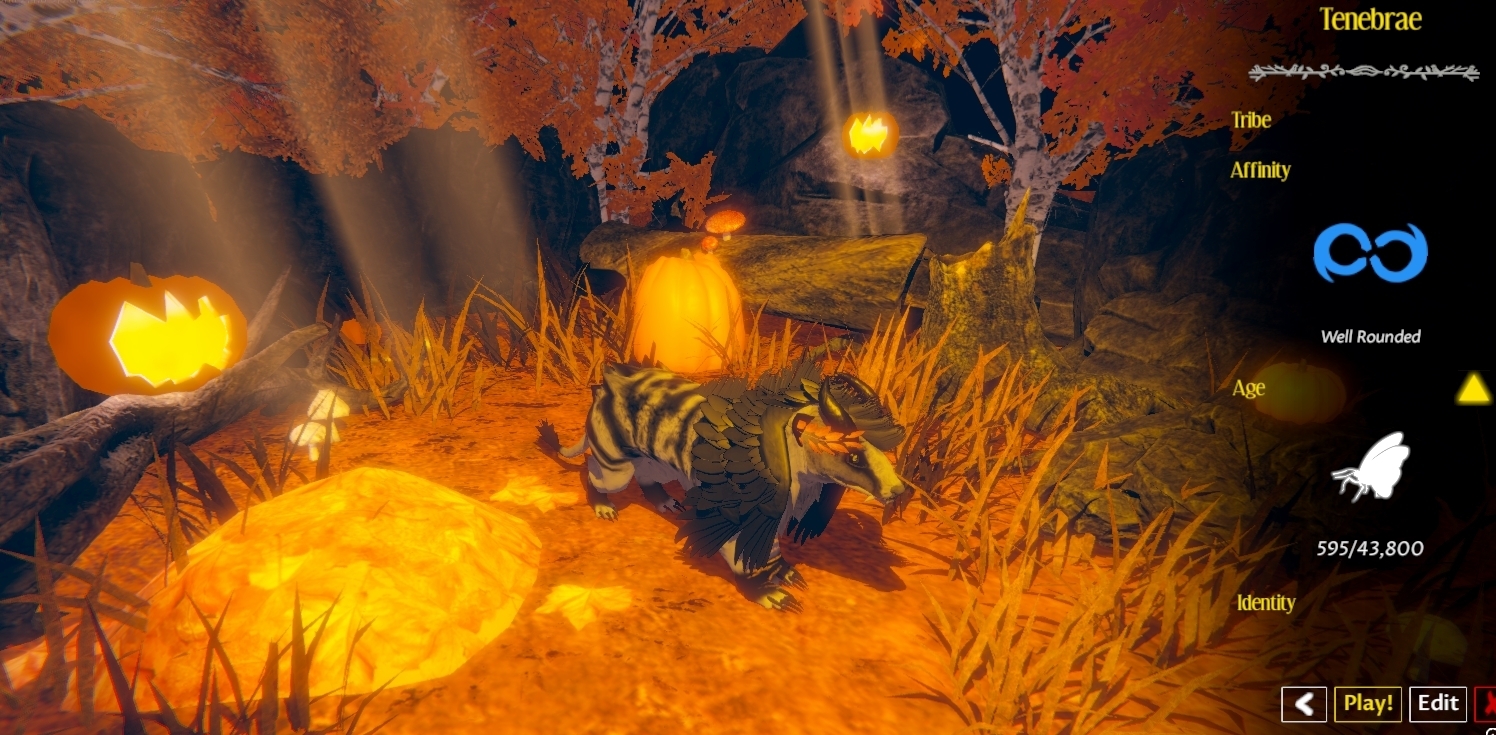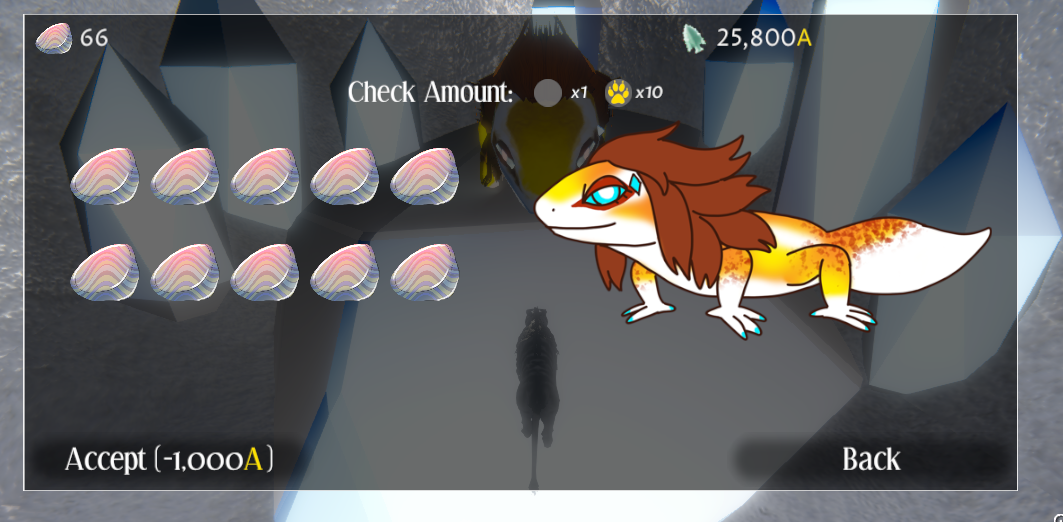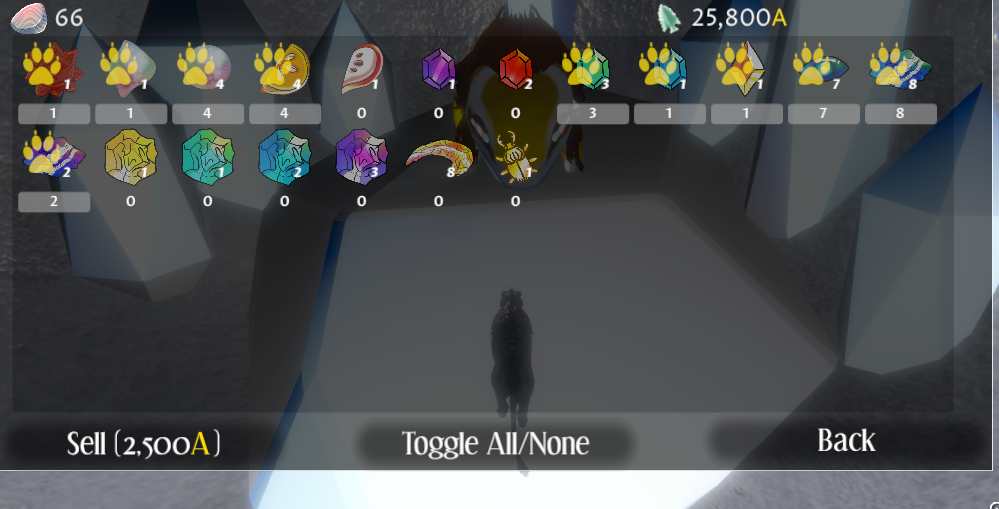
Sep 28, 2022
BDSM Apocalypse - noxurtica
What's new?
v0.2.8 notes:
-Added 10+ new NSFW scenes
-New missions
-Added special moves for all characters at lvl 10
-Added fast-forward combat option by holding on to the [z] button during battle
-Removed random attacks and added targeted attacks.
-Experience for backstabs added
-New Items: Stim (+100 TP, -100 HP), Cloak (repel random encounters on world map)
-World map encounters increased to ~50 steps per encounter to make optional grinding easier
-Added Steam Achievements
v0.2.8 notes:
-Added 10+ new NSFW scenes
-New missions
-Added special moves for all characters at lvl 10
-Added fast-forward combat option by holding on to the [z] button during battle
-Removed random attacks and added targeted attacks.
-Experience for backstabs added
-New Items: Stim (+100 TP, -100 HP), Cloak (repel random encounters on world map)
-World map encounters increased to ~50 steps per encounter to make optional grinding easier
-Added Steam Achievements






















